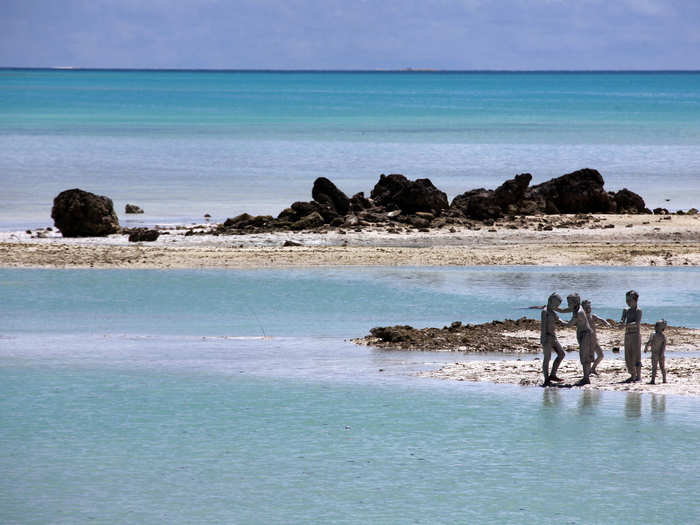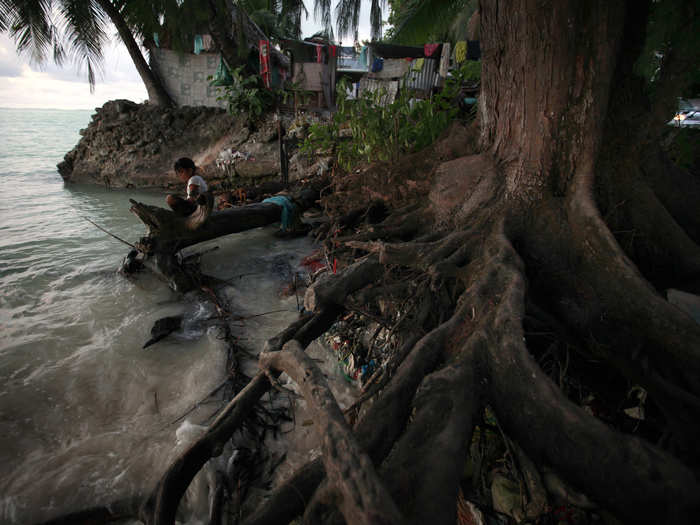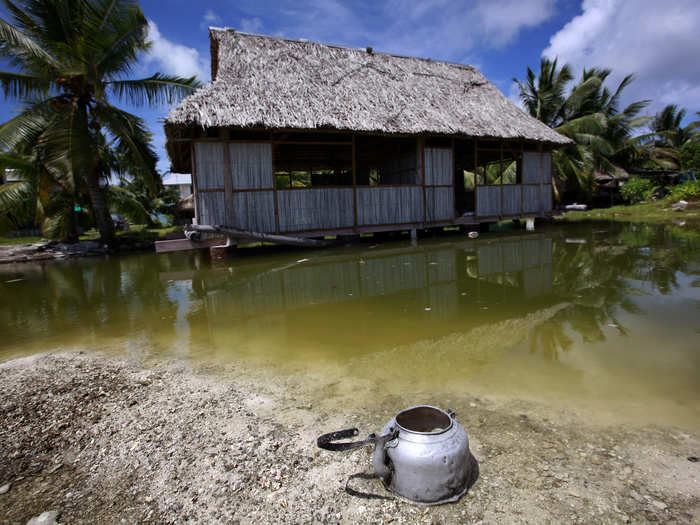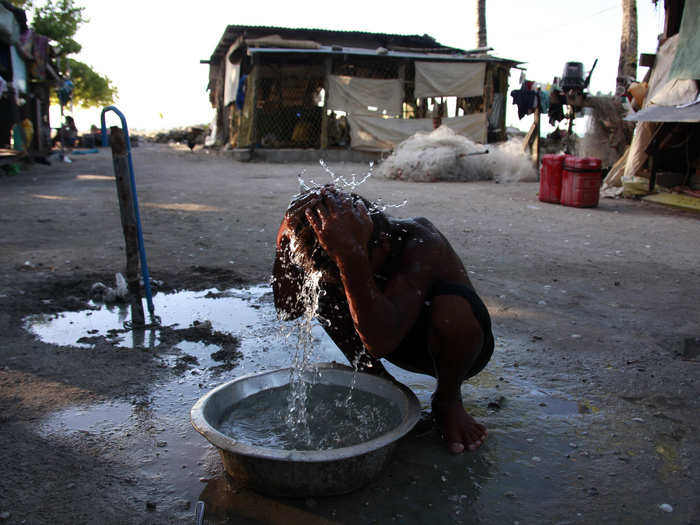- Home
- Science
- Environment
- This Island Nation May Be Gone In 60 Years Because Of Climate Change
This Island Nation May Be Gone In 60 Years Because Of Climate Change
Kiribati is a chain of 33 atolls and islands in the South Pacific.

Kiribati's residents are at risk of losing their homes due to climate change.
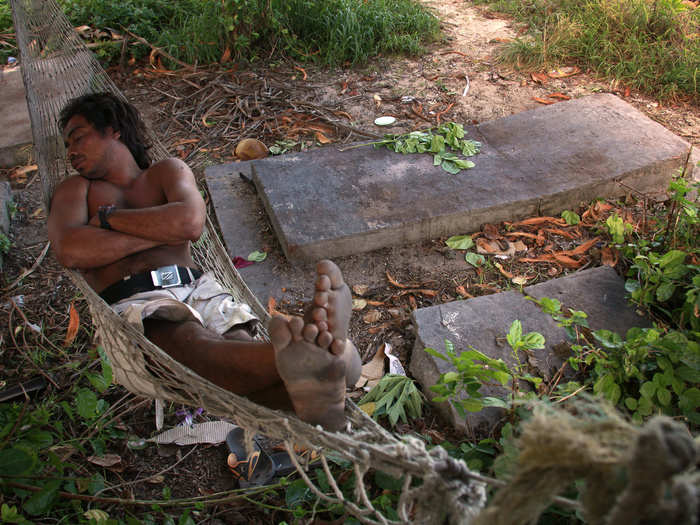
Source: Kirbati government
Kiribati has a hot, humid tropical climate, but average annual temperatures have steadily increased since 1950.
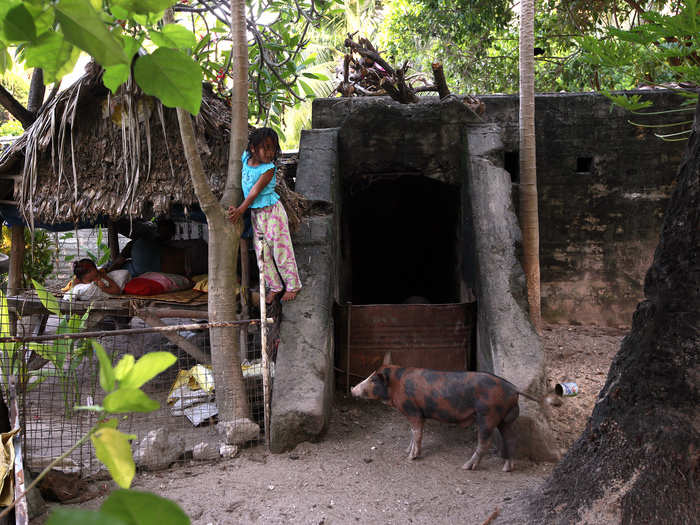
Source: Kirbati government
Since 1993, sea level has risen across Kiribati by 1 to 4 millimeters per year.
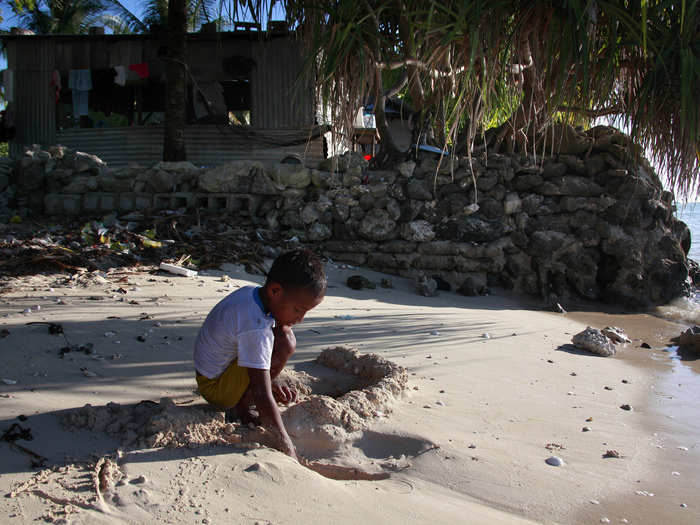
Source: Kirbati government
Residents have built walls to protect their villages from rising waters, but it is not a permanent solution.
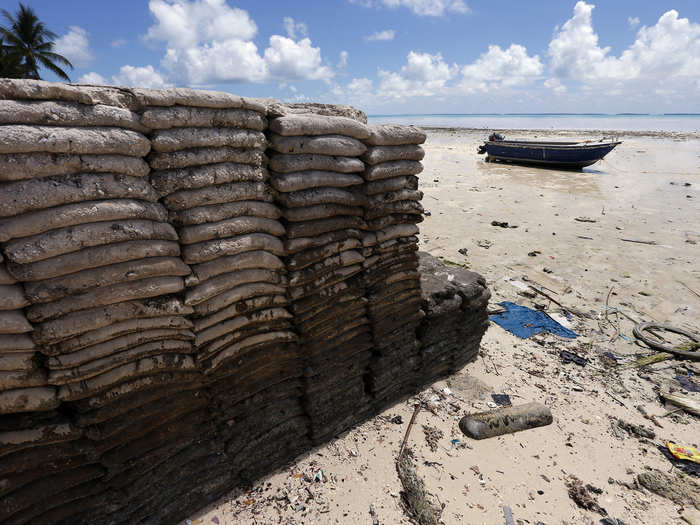
Source: Kirbati government
Under a "high emissions scenario" the rise is projected to be in the range of 5 – 14 centimeters by 2030.
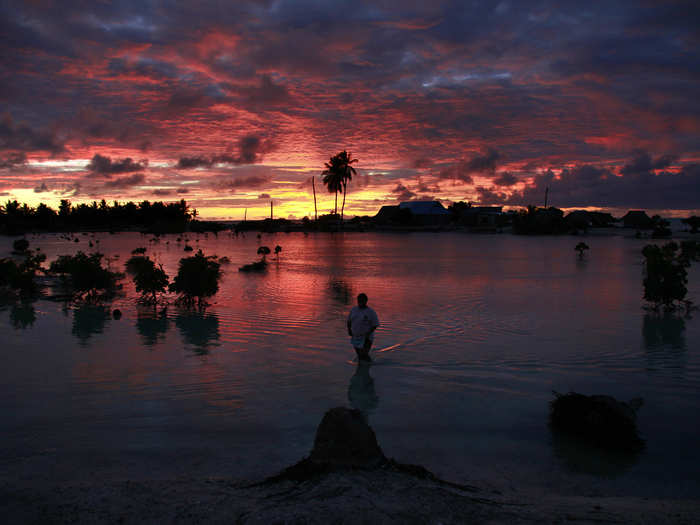
Source: Kirbati government
Because Kirbati stands only a few feet above sea level, its islands are extremely vulnerable to rising waters.
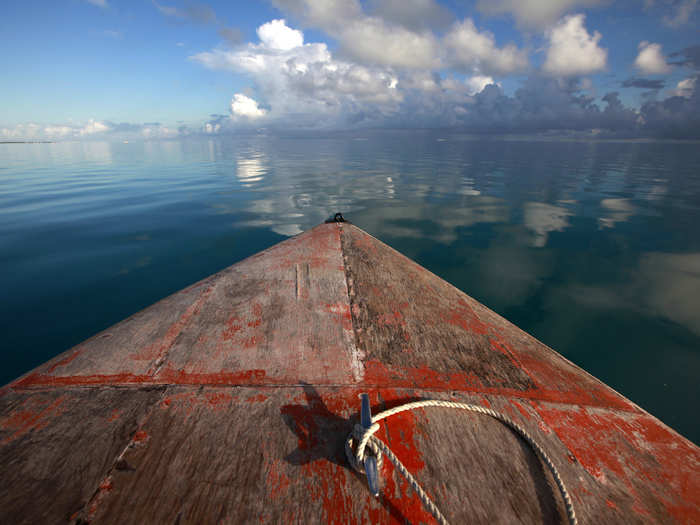
Source: Kirbati government
Sea level rise affect all aspects of life on Kiribati, including agriculture, health, and water quality.
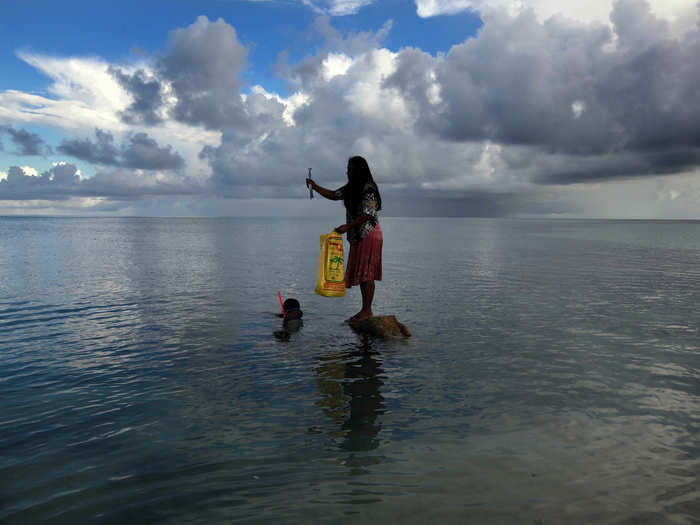
Source: Kirbati government
As sea levels have risen, wells have become inundated with salt water, threatening the supply of fresh water.
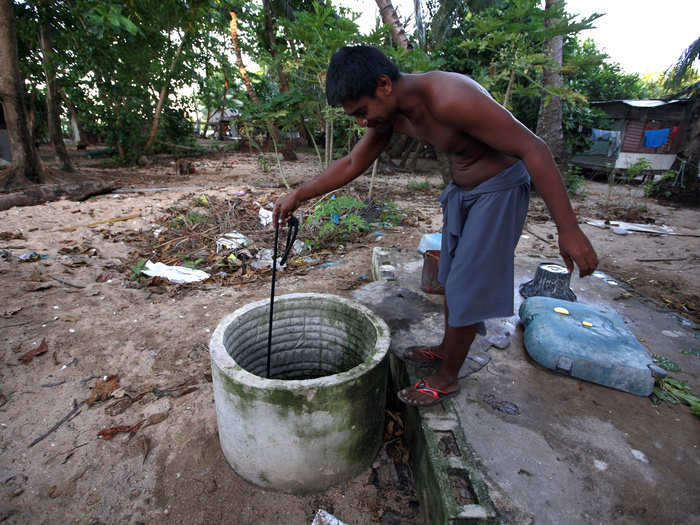
Source: Kirbati government
The saltwater and loss of coastal land will also negatively affect Kirbati's crops.
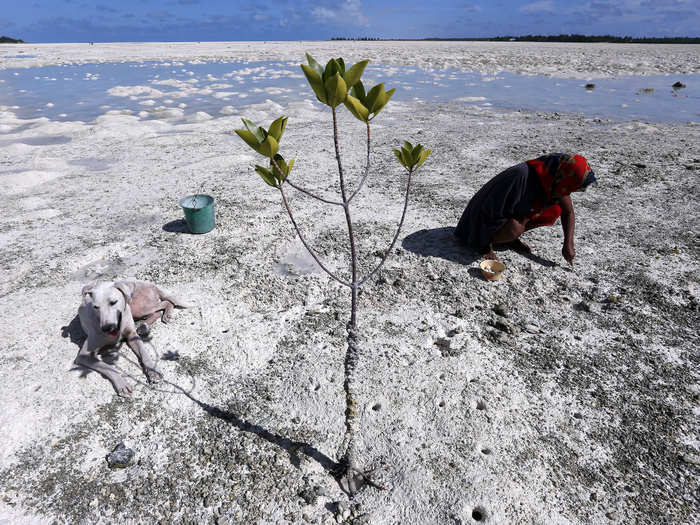
Source: Kirbati government
Coastal erosion has displaced citizens, especially on Kiribati's main island of Tarawa, which suffers from severe overcrowding.
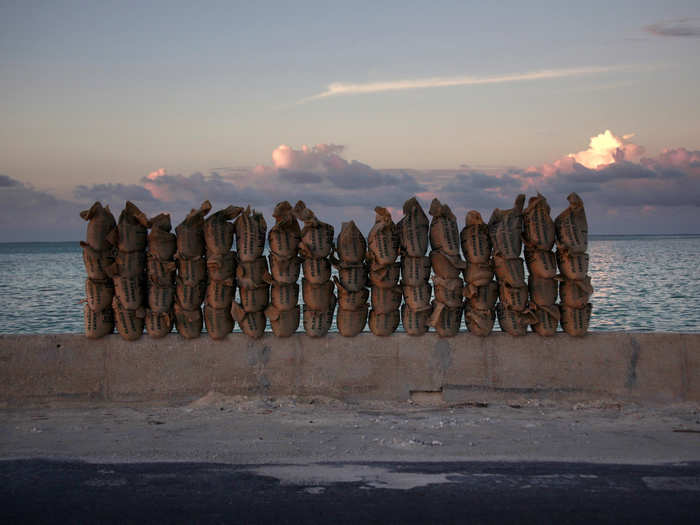
Source: Kirbati government
Increases in temperatures and rainfall also pose public health problems, raising the risk of diarrhoeal disease and dengue fever.
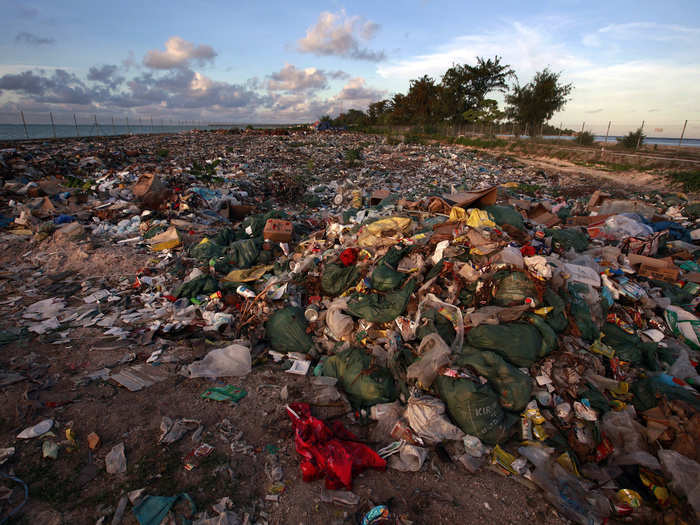
Source: Kirbati government
The government will move residents to land on Fiji if Kiribati becomes inhabitable.
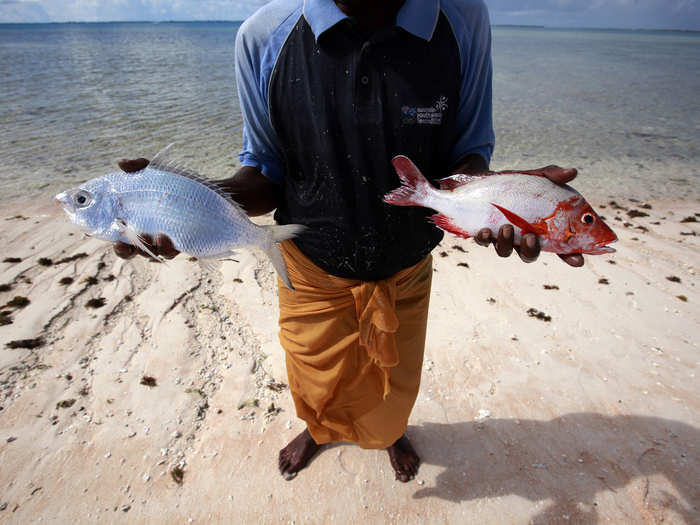
Source: Kirbati government
But that is only being considered as a last resort. For now, they are focusing on adaptation techniques like improving water supply management and building sandbag walls to protect the coast.
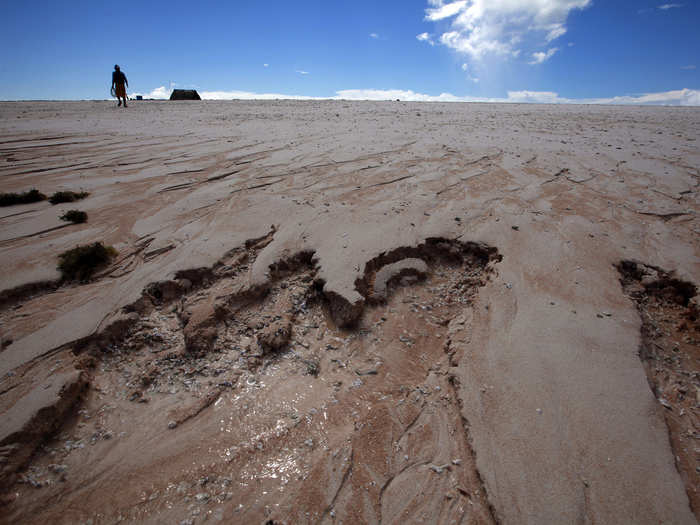
Source: Kirbati government
Popular Right Now
Popular Keywords
Advertisement
